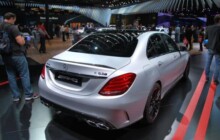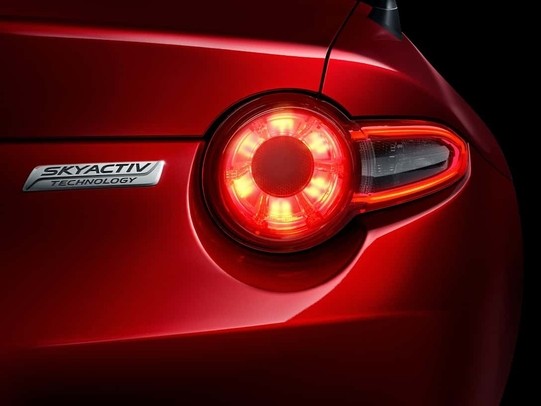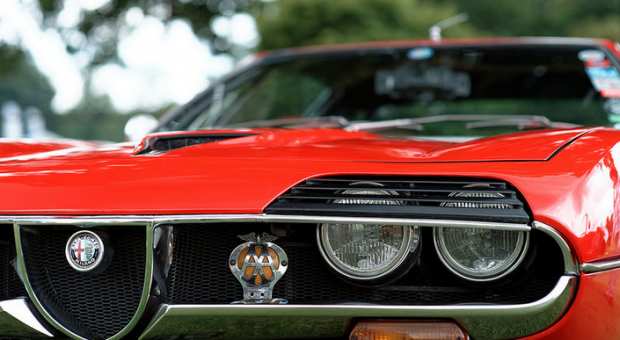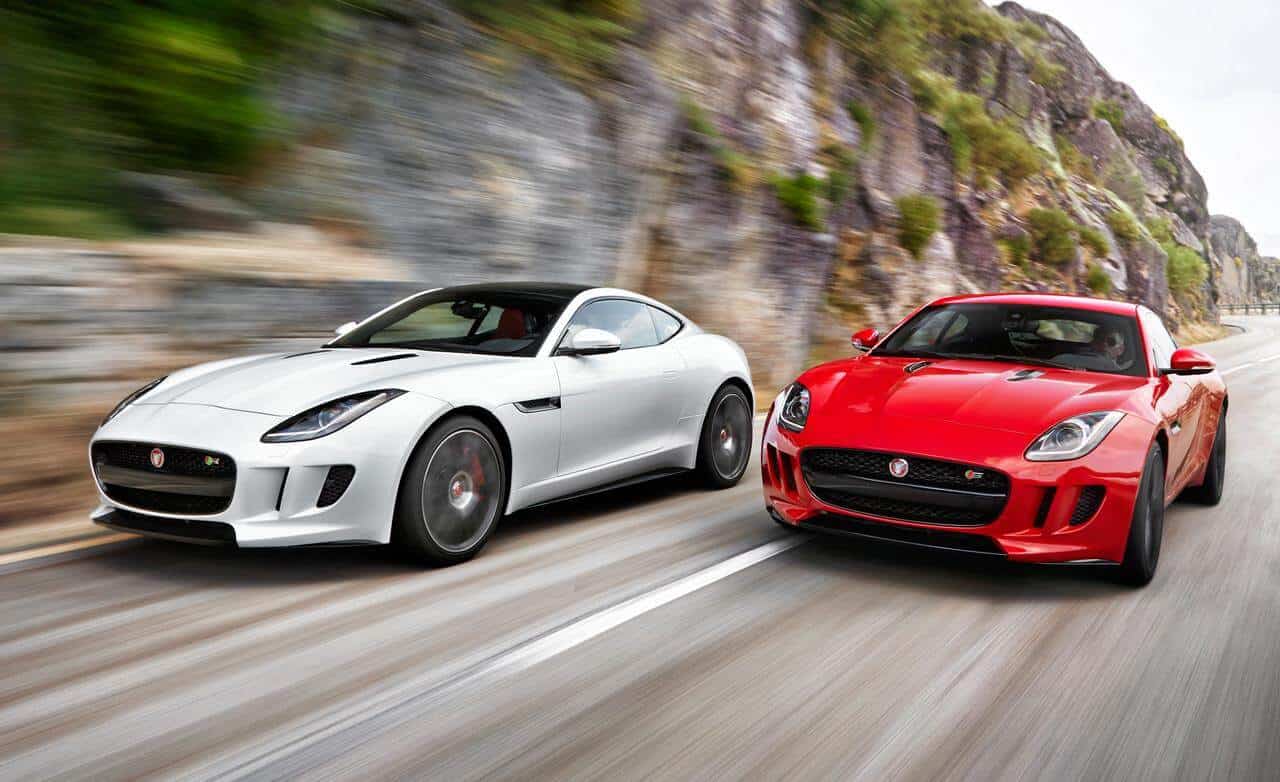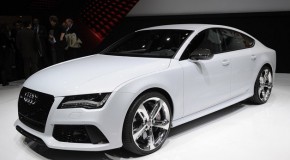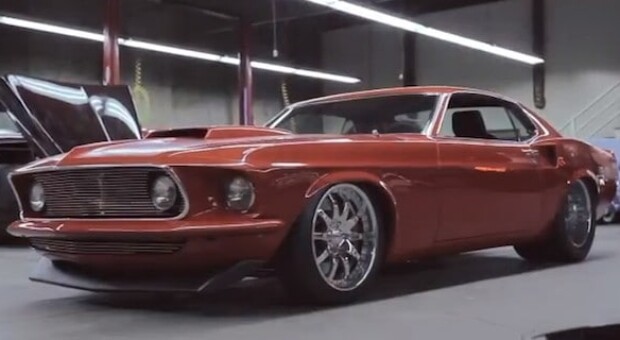
Diesel Turbocharging Milestones Leading to 12.7-Series Advances
Turbocharging has reshaped diesel engines over the last few decades. Early diesel engines ran without forced induction, limiting both power and efficiency. The first significant shift came with adopting fixed-geometry turbos, adding more air to the cylinders and increasing power output.
Technology soon saw rapid improvement. Variable-geometry turbochargers changed the game by adjusting vane positions to optimize airflow across different engine speeds. Electronic boost control brought even finer adjustment, balancing performance and reliability. These milestones improved raw power, driveability, and fuel efficiency.
The Detroit Diesel 12.7-series builds on these achievements. It applies advanced turbocharging lessons, moving beyond older designs and showing what’s possible when engineering, electronics, and materials science converge.
12.7-Series Detroit Diesel: Core Engineering Breakthroughs
The 12.7-series turbocharged Detroit Diesel stands out because of several engineering advancements that boost performance and longevity.
One significant improvement is using strong turbine housing alloys that resist high temperatures and corrosion. Compressor wheels feature lightweight, high-strength materials that improve spool-up response while withstanding heavy stress. Engineers use advanced 3D modeling to optimize airflow paths through the compressor and turbine, reducing drag and raising efficiency.
Aerodynamic tweaks in both compressor and turbine stages allow better pressure ratios and improved boost at a broader range of engine speeds. Modern engine management systems work alongside the turbo, using real-time sensor data to adjust fuel and air delivery. This connection allows precise control of boost levels and helps protect the turbo from damage caused by unexpected load spikes.
Here’s a quick look at some technical highlights:
This well-rounded engineering package makes the 12.7-series a reliable choice for demanding heavy-duty applications.
Realizing Operational Gains with a 12.7 Turbocharged Detroit Powerplant
Fleet operators and drivers see significant improvements with the turbocharged Detroit 12.7-series. Strong torque over a broad RPM band helps trucks pull heavy loads without dropping speed on hills. This wide, flat torque curve translates to consistent horsepower, smoothing acceleration, and reducing the need to downshift.
Fuel economy also improves. Turbocharging lets the engine burn fuel more efficiently, especially during sustained highway runs. In stop-and-go driving or during quick power demands, electronic management limits waste and cuts fuel use even during throttle transitions.
The Detroit 12.7 turbo offers reliability that keeps trucks on the road. Thanks to robust bearings and premium seals, the turbo unit resists cracking, oil leaks, and vibration. This durability means longer service intervals and fewer costly breakdowns.
Throttle response is crisp, even with heavy trailers or in harsh weather. Drivers notice less lag between pedal input and engine power. The controlled boost also helps the diesel engine stay within safe exhaust temperatures, protecting internal parts and extensions like DPF and EGR systems.
Benefits for fleets and owner-operators:
Wide torque band for steady pulling power
Better fuel efficiency in varied conditions
Fewer unscheduled repairs and roadside breakdowns
Reliable operation in tough jobs and climates
Smooth, prompt throttle response
Overall, the 12.7-series turbocharged Detroit Diesel offers a balance of efficiency, power, and uptime, making it a proven choice for heavy-duty fleets.
Optimizing Service Cycles for 12.7 Turbo Diesel Engines
Keeping a 12.7-series Detroit turbo engine at its best requires proactive maintenance. The right oil choice matters, as turbochargers operate at high speeds and temperatures. Experts recommend using synthetic, high-SAPS diesel oil that resists breakdown and carries heat away from bearing surfaces. Oil changes are best performed between 12,000 and 18,000 miles, but harsh duty may require shorter intervals.
Routine inspections go beyond standard checks. Look for:
Shaft play: Slight movement can signal bearing wear
Boost leaks: Split hoses or loose clamps cost power
Actuator calibration: Wastegate or variable-geometry actuators must respond smoothly
Sensors provide valuable data. Monitoring boost pressure and exhaust gas temperature can reveal performance issues before they become failures. Replacing worn sensors during scheduled service helps prevent incorrect readings.
Proper air and oil filtration is key. High-efficiency air filters shield the compressor from dust and grit, while quality oil filters protect both the engine and turbo bearings. Never use low-grade or ill-fitting filters.
A maintenance table makes best practices clear:
Consistent attention helps avoid costly wear and keeps performance high.
Emerging Paths for Detroit Diesel Turbo Developments
Future upgrades for the 12.7-series focus on smarter, more responsive turbocharging. Adaptive boost control using AI-powered engine management systems could learn from driving habits and traffic patterns, then adjust boost to maximize both efficiency and performance.
Hybrid boost—combining an electric compressor with the turbo—can trim turbo lag and provide instant low-end torque. Engineers are turning to even stronger materials, such as ceramic ball bearings and next-level heat-resistant coatings, pushing durability and temperature limits higher.
Tightening emissions rules are pressuring manufacturers to develop turbos that better manage exhaust flow, fit after-treatment devices, and work in sync with start-stop systems.
Emerging trends:
AI-powered, adaptive boost controls for smarter engine tuning
Electrified turbo assist for instant response
Use of ceramic bearings, advanced coatings for longevity
Solutions to cut NOx and particulates through precise boost/exhaust control
Advances on the 12.7 turbo platform promise a cleaner, more capable diesel future.
Forward Focus: The Next Generation of Diesel Performance
The 12.7-series turbocharged engine sets new diesel performance, reliability, and economy standards. Continued innovation in turbocharging promises even cleaner, more efficient designs. For those interested in real-world gains or case studies, explore modern diesel upgrades and see firsthand what modern turbocharging can do.



